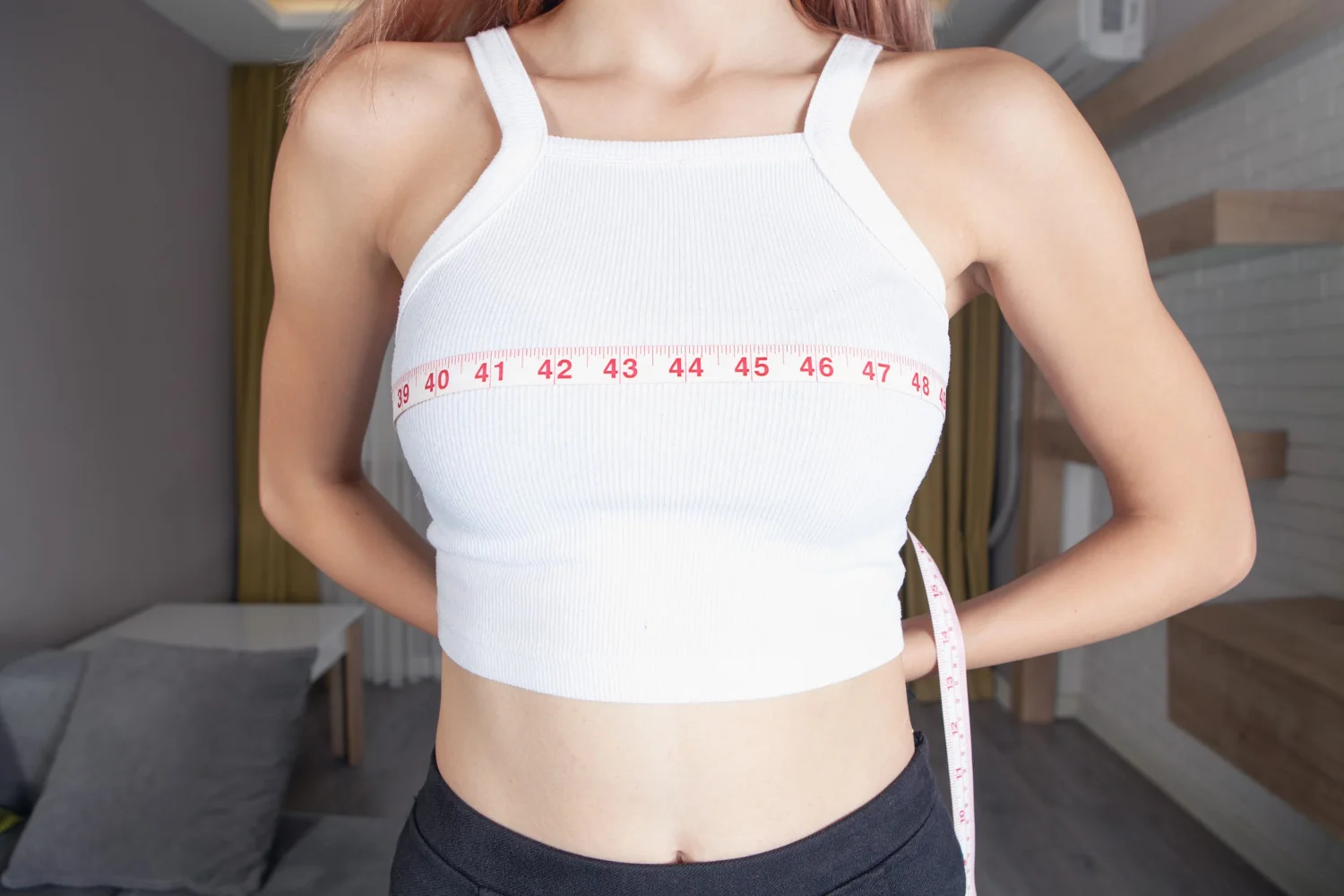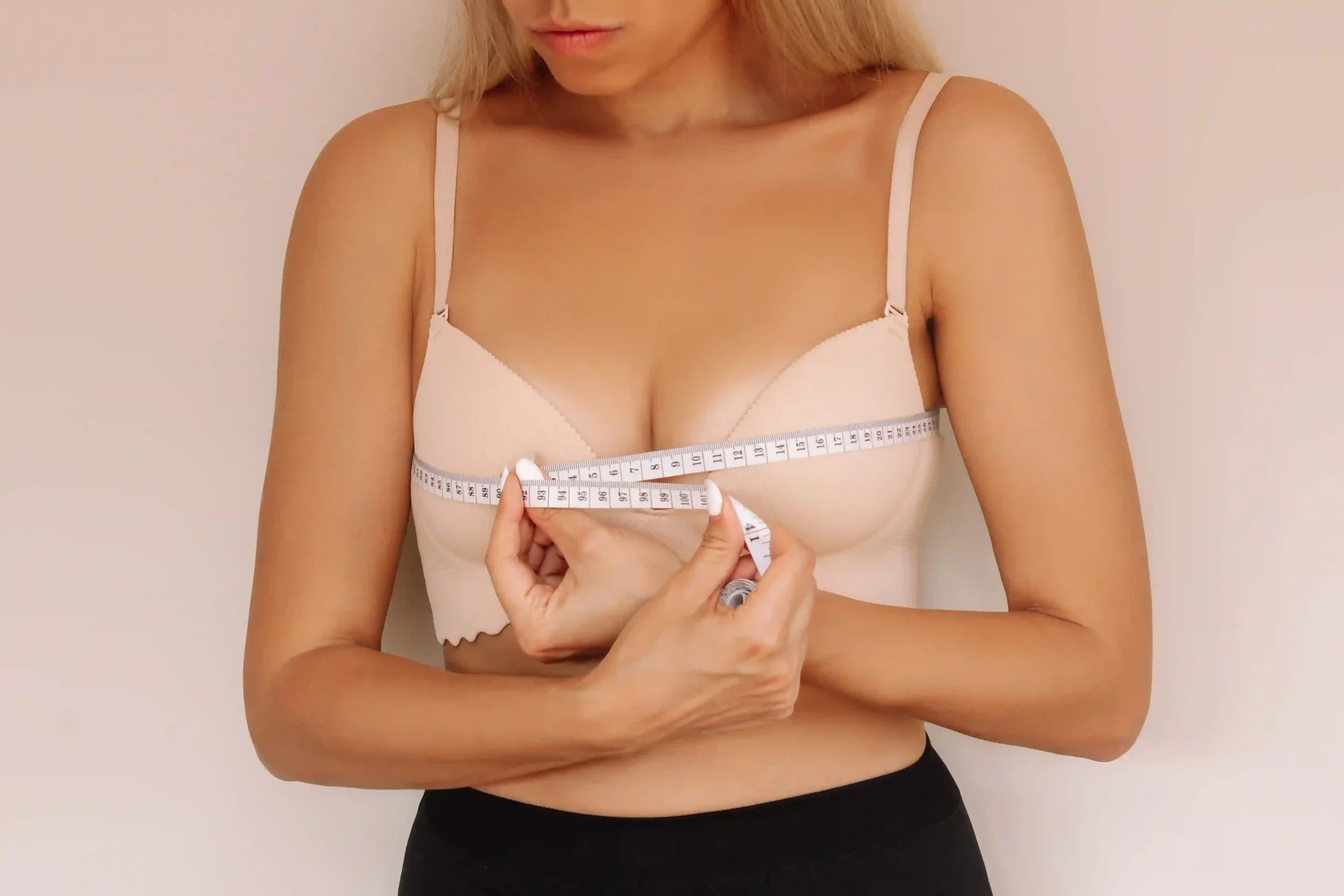Breast enlargement, commonly referred to as breast augmentation or a “boob job,” is a surgical procedure designed to enhance the size and shape of a woman’s breasts. This procedure can be performed using breast implants or through fat transfer techniques. The primary motivations for undergoing breast augmentation include improving body proportions, restoring breast volume lost due to weight fluctuations or pregnancy, and enhancing self-image and confidence.
The popularity of breast augmentation has remained significant over the years, with nearly 300,000 procedures performed in the United States alone in 2022. Trends indicate a shift towards more natural-looking results, with many patients now requesting smaller, more proportional sizes rather than dramatic increases. This evolution reflects changing beauty standards and a growing preference for personalized aesthetic outcomes.
Historically, breast augmentation has evolved significantly since the first silicone implants were introduced in the early 1960s. The initial procedure was performed in 1962, marking the beginning of a new era in cosmetic surgery. Over the decades, advancements in implant technology and surgical techniques have contributed to the procedure’s safety and effectiveness, leading to its widespread acceptance and popularity among women seeking to enhance their appearance.
As societal attitudes towards cosmetic surgery continue to evolve, breast augmentation remains one of the most sought-after procedures, reflecting both personal desires for aesthetic enhancement and broader trends in beauty and body image.
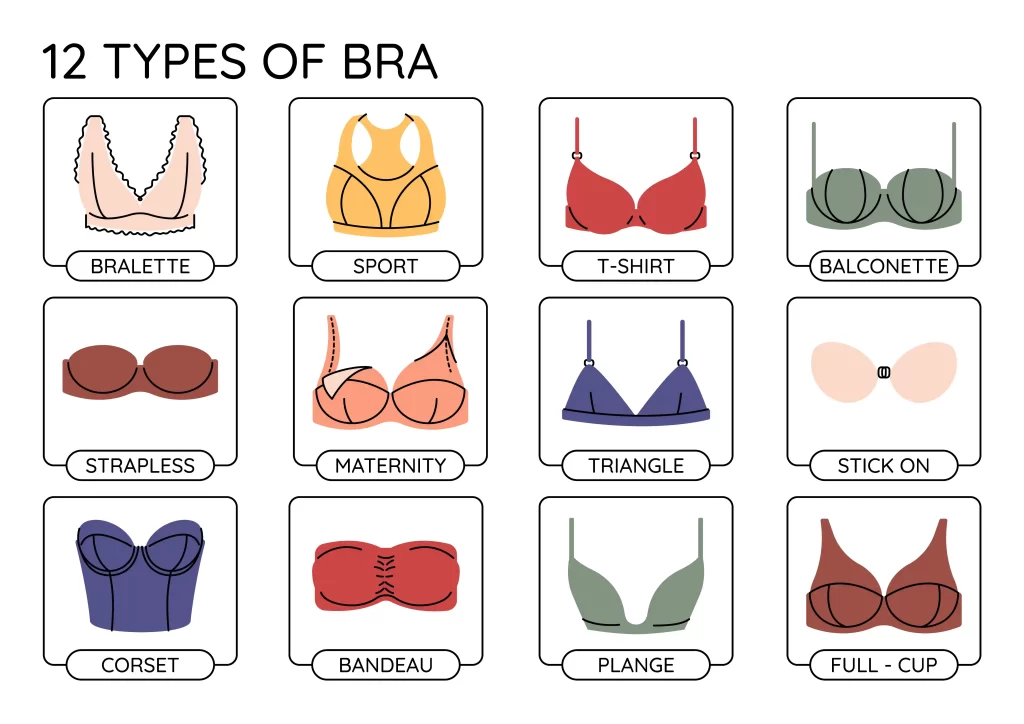
Understanding Breast Size Measurements: Key Measurements for Bra Sizing
Band Size and Cup Size Explained
Bra sizing consists of two primary measurements: the band size and the cup size.
- Band Size: This is the numerical part of the bra size, indicating the measurement around the ribcage, just under the bust. For example, in a size 34B, “34” represents the band size.
- Cup Size: This is represented by letters (A, B, C, etc.) and indicates the volume of the breast in relation to the band size. The cup size is determined by the difference between the bust measurement and the band size measurement.
How to Measure Your Band Size
To accurately measure your band size:
1. Use a flexible tape measure.
2. Wrap the tape measure snugly around your ribcage, directly under your bust. Ensure it is level and tight but not uncomfortable.
3. The measurement in inches is your band size. If the number is odd, round up to the next even number to determine your band size.
How to Measure Your Bust Size
To measure your bust size:
1. Stand straight and wrap the tape measure around the fullest part of your bust, typically at nipple level.
2. Make sure the tape is straight across your back and not too tight.
3. Round this measurement to the nearest whole number.
To find your cup size, subtract your band size from your bust measurement. For example, if your bust measures 37 inches and your band size is 34 inches, the difference is 3 inches, which corresponds to a C cup.
Common Bra Size Systems
Overview of Different Sizing Systems (US, UK, EU)
Bra sizing systems can vary significantly by region:
- US Sizing: Typically uses a number for the band size and a letter for the cup size (e.g., 34B).
- UK Sizing: Similar to US sizing but may have slight variations in cup size definitions. For example, a UK 34B may fit differently than a US 34B due to differences in manufacturing standards.
- EU Sizing: Often uses a different numerical system for band sizes, which can be larger than US sizes. For instance, a 75 in EU sizing is roughly equivalent to a 34 in US sizing.
Explanation of How Sizes Can Vary by Brand
Bra sizes can differ not only between countries but also among brands. This inconsistency arises from various factors, including:
- Manufacturing Standards: Different brands may have unique sizing charts and fit models, leading to variations in how sizes are labeled.
- Style and Design: The cut and style of a bra can affect how it fits. For example, a sports bra may fit tighter than a lace bra of the same size.
- Material Stretch: The elasticity of the fabric used can also influence fit; some bras may stretch more than others, affecting comfort and support.
Due to these variations, it is often recommended to try on bras from different brands and styles to find the best fit for your body type
Breast Augmentation Basics
What is Breast Augmentation?
Breast augmentation is a cosmetic surgical procedure designed to enhance the size, shape, and overall appearance of the breasts. It typically involves two main types of procedures: the use of implants or fat transfer.
Implants are silicone or saline-filled devices inserted under the breast tissue or chest muscles to create volume. Fat transfer involves removing fat from another part of the body through liposuction and injecting it into the breasts for a more natural enhancement.
Each method offers unique benefits, and the choice depends on individual preferences, goals, and body characteristics. Breast augmentation is one of the most popular cosmetic surgeries worldwide and can have both aesthetic and psychological benefits.
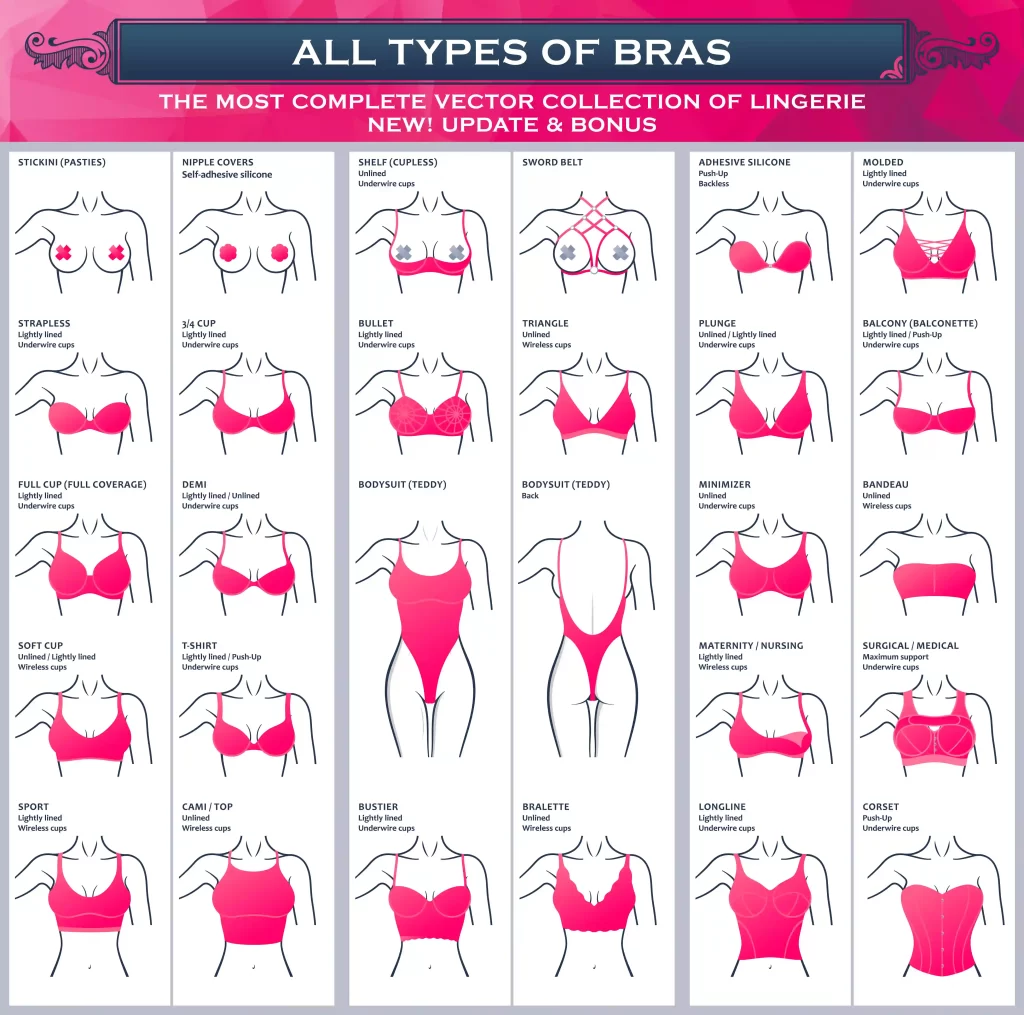
Factors Influencing Breast Size Post-Surgery
Implant Size and Type
The size and type of breast implant, such as silicone or saline, play a crucial role in determining the final outcome. Larger implants typically result in a more dramatic size increase, while smaller implants offer a subtler enhancement. Silicone implants tend to feel more natural, while saline implants may feel firmer.
Body Type and Breast Shape Considerations
A patient’s natural breast shape, chest wall dimensions, and overall body frame greatly influence how the implants appear post-surgery. For example, a fuller implant might look more proportional on a larger frame than on a petite one. Surgeons work closely with patients to select implants that complement their anatomy.
Expected Changes in Bra Size
After breast augmentation, patients can generally expect an increase in bra cup size. The correlation between implant volume and cup size is often expressed in cubic centimeters (cc); for example, an increase of 200-300 cc can result in a one to two-cup size increase. However, this may vary depending on factors such as the patient’s original breast size and chest dimensions.
It’s important to note that bra sizing is not standardized across brands, so cup size changes may differ slightly between manufacturers. Consulting a professional bra fitter post-surgery ensures proper sizing and comfort.
Real Patient Experiences
Many women who have undergone breast augmentation share stories of improved confidence and body image. For instance, some note how their enhanced breast size allows them to wear clothing styles they previously avoided. Testimonials, like Stella here, often highlight the importance of selecting a skilled surgeon and the transformative impact of the procedure. Patient experiences also reveal that recovery times and outcomes vary, emphasizing the need for realistic expectations and adherence to post-surgery care instructions.
How to Choose the Right Bra Post-Surgery
Selecting the right bra post-surgery is crucial for comfort and proper healing. Immediately after surgery, patients are advised to wear soft, non-underwire bras, such as surgical bras or sports bras, to minimize pressure on the breasts. Once the swelling subsides and healing progresses, a professional fitting ensures the best bra size and support for the new breast shape.
It’s important to avoid push-up bras or tight underwire bras until fully healed, as they can interfere with the recovery process. Choosing a high-quality bra designed for augmented breasts helps maintain the new shape and offers additional comfort.
Recommended Bra Styles for Enhanced Breasts
Post-surgery, certain bra styles are more suitable for augmented breasts. Wireless bras provide gentle support during the initial recovery phase, while sports bras offer compression and comfort for active wear. Once healing is complete, women often prefer underwire bras with a natural fit to enhance the augmented shape.
T-shirt bras and plunge bras are also popular for their ability to create a seamless look under clothing. Ultimately, the ideal bra style depends on personal preferences and the type of implant used.
Measurement Guide Infographic
A visual measurement guide is essential for determining proper bra size post-surgery. This infographic would show step-by-step instructions on how to measure the band size (underbust) and cup size (bust circumference). Key tips include using a flexible tape measure, ensuring a snug (but not tight) fit, and rounding measurements to the nearest whole number.
The guide should also explain how to calculate cup size by subtracting the band size from the bust size. Proper measurements ensure that patients select bras that offer adequate support and fit.
Breast Implant Size Chart
A breast implant size chart provides a helpful correlation between implant volume in cubic centimeters (cc) and expected cup size increases. For example:
- 150 cc: Approximately 1/2 to 1 cup size increase.
- 200-300 cc: 1 to 2 cup size increase.
- 400-500 cc: 2 to 3 cup size increase.
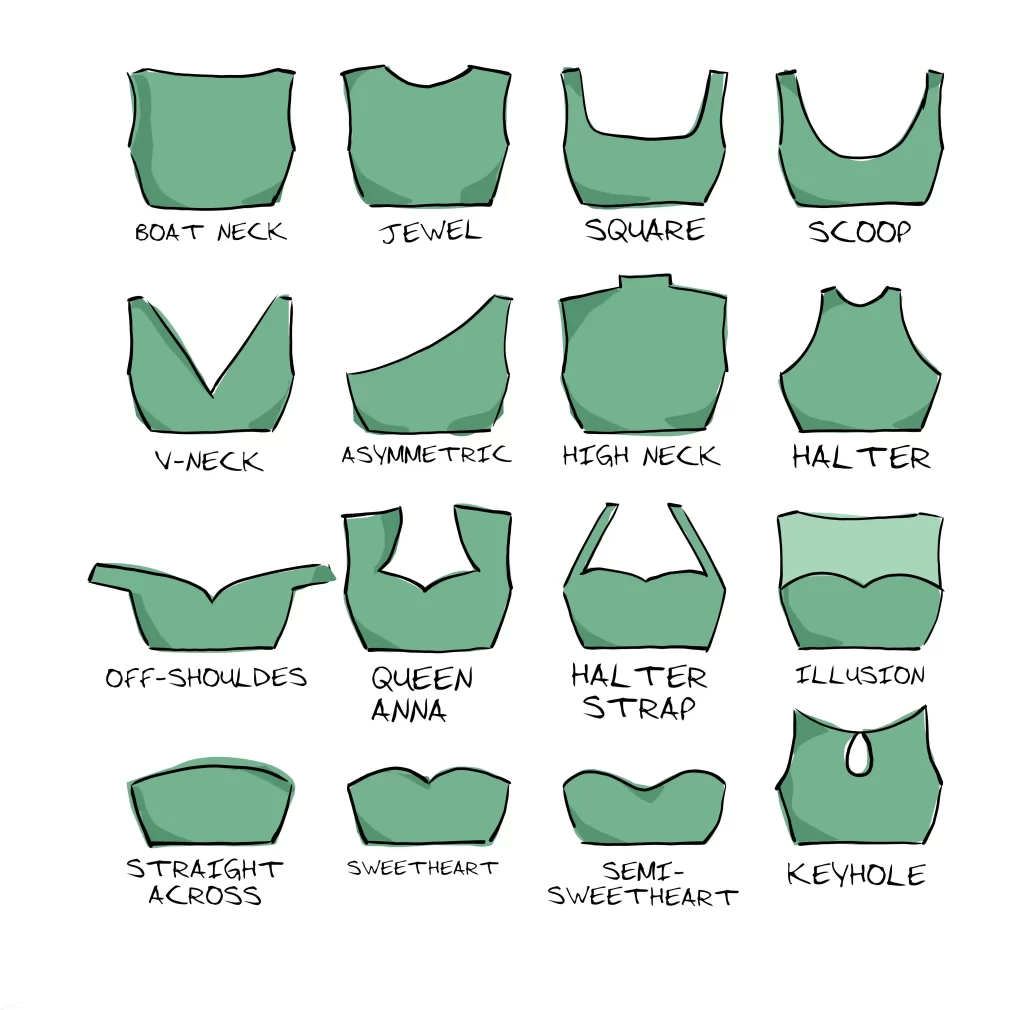
Before and After Comparison Images
Before and after images provide visual examples of typical outcomes for breast augmentation. These images often showcase patients with similar body types, implant sizes, and surgical goals, allowing prospective patients to set realistic expectations. Side-by-side comparisons highlight improvements in size, shape, and symmetry, emphasizing the transformative nature of the procedure. It’s important for patients to remember that individual results may vary.
Conclusion
Breast augmentation can significantly enhance physical appearance and self-confidence. Proper bra selection, accurate measurements, and understanding the factors that influence post-surgery outcomes are vital for long-term satisfaction. By choosing the right implant size and type, consulting professional fitters, and following post-surgery care instructions, patients can enjoy optimal results. Accurate sizing and supportive bras ensure comfort and maintenance of the augmented breast shape.





